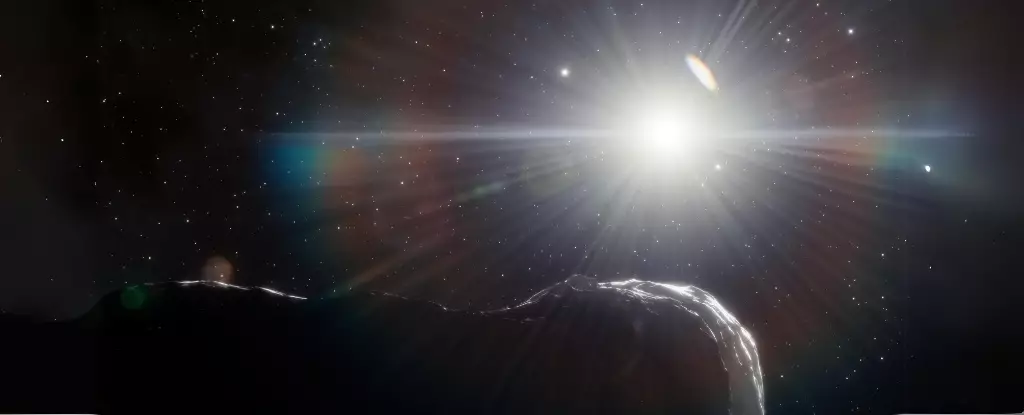Our world is full of wonders and dangers that often go unnoticed until it’s too late. One such threat lurks in the depths of space, invisible to our eyes but capable of catastrophic consequences. The ever-present danger of asteroid impacts has become a growing concern, as highlighted by a recent infographic released by NASA on October 16th. This visually appealing piece of information sheds light on a grim reality – our lack of knowledge about potential Earth-impacting asteroids, and the devastating consequences that may follow.
Asteroids, those wandering celestial bodies, remain hidden from our view unless sunlight reflects off their surface and reveals their presence to our telescopes. Until recently, detecting these potential threats to Earth seemed like an impossible task. However, thanks to the development of specialized telescopes designed to track asteroids, we now know that there are approximately 32,000 known Near-Earth asteroids as of August 2023. This remarkable achievement is the result of over 405 million observations submitted by both amateur and professional astronomers worldwide.
While the progress in identifying and tracking asteroids is commendable, the infographic exposes a shocking truth – more than 10,000 of the known Near-Earth asteroids are larger than 140 meters in diameter. According to experts, an asteroid of this size colliding with Earth could obliterate an entire city, leaving devastation in its wake. To put this into perspective, the infamous Chelyabinsk meteor that struck Russia in 2013, causing widespread damage and injuries, was estimated to be no larger than 20 meters. An asteroid seven times that size would be exponentially more destructive and likely to make contact with the ground instead of disintegrating in the atmosphere like its predecessor.
The Grim Reality
The implications of these findings are deeply troubling. The infographic reveals that we have only scratched the surface of our knowledge when it comes to these potentially catastrophic celestial objects. Alarmingly, it is estimated that there are over 14,000 140-meter-wide asteroids still awaiting discovery. Among them, there could be one hurtling towards Earth, on a collision course with humanity’s future. Furthermore, the planetary defense experts at NASA estimate that there are approximately 50 asteroids with a diameter of 1 kilometer that we have yet to detect, lurking ominously in the vast expanse of space.
A Race Against Time
The responsibility of safeguarding our planet falls on the shoulders of the planetary defense community, comprised of organizations like NASA and others. However, their monumental task has only just begun. With these startling figures in mind, it becomes evident that our current efforts are insufficient to guarantee the safety of humankind. The potential impact of a 1-kilometer asteroid, while not on the same scale as the event that led to the extinction of the dinosaurs, would still be devastating to civilization as we know it.
The Call for Unity
Faced with the looming threat of an asteroid apocalypse, we must acknowledge the urgency of the situation. Heightened investment in research, technology, and collaborative efforts is our best defense against this existential hazard. Governments, scientists, and organizations must unite to allocate resources and implement comprehensive strategies. Only by harnessing the collective strength of our global community can we hope to avert a potential catastrophe in the future.
The captivating infographic released by NASA serves as a stark reminder of our vulnerability to asteroid impacts. It is a wake-up call, urging us to acknowledge the gaps in our knowledge and take decisive action. The time for complacency is over. The threat of an asteroid apocalypse looms, but with dedication and a united front, we can strive for a future where our planet remains safe from the destructive forces of the cosmos.


Leave a Reply